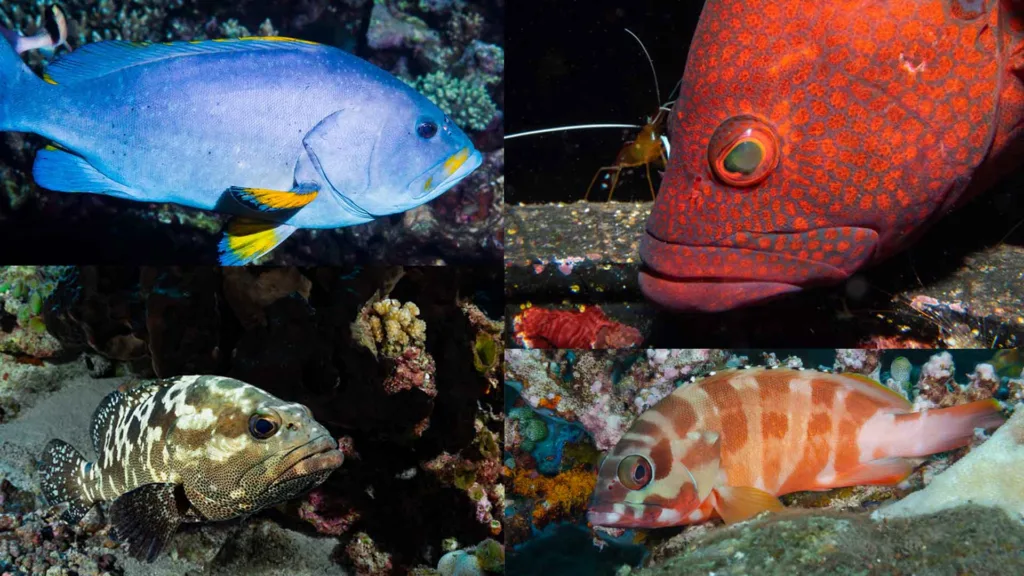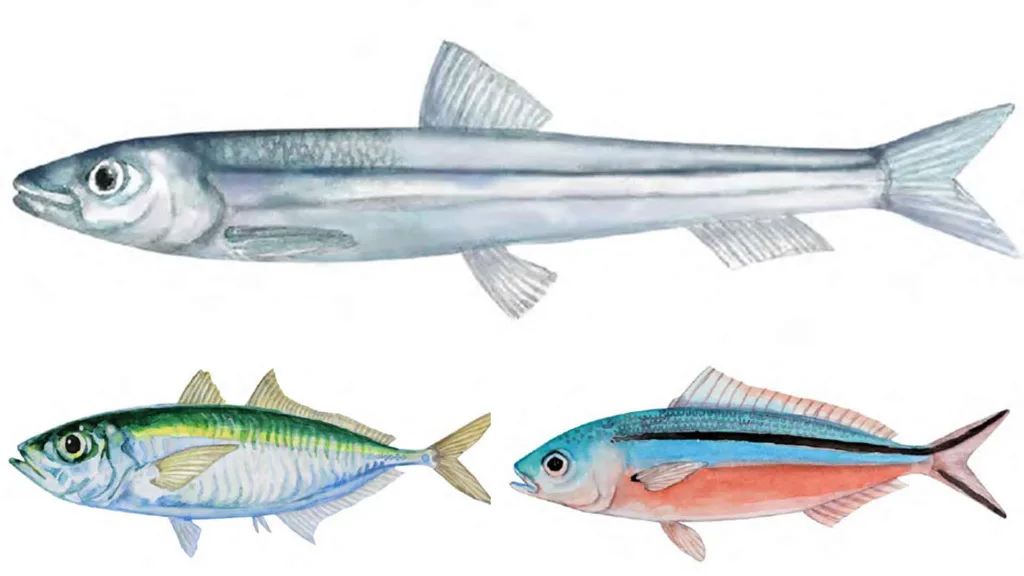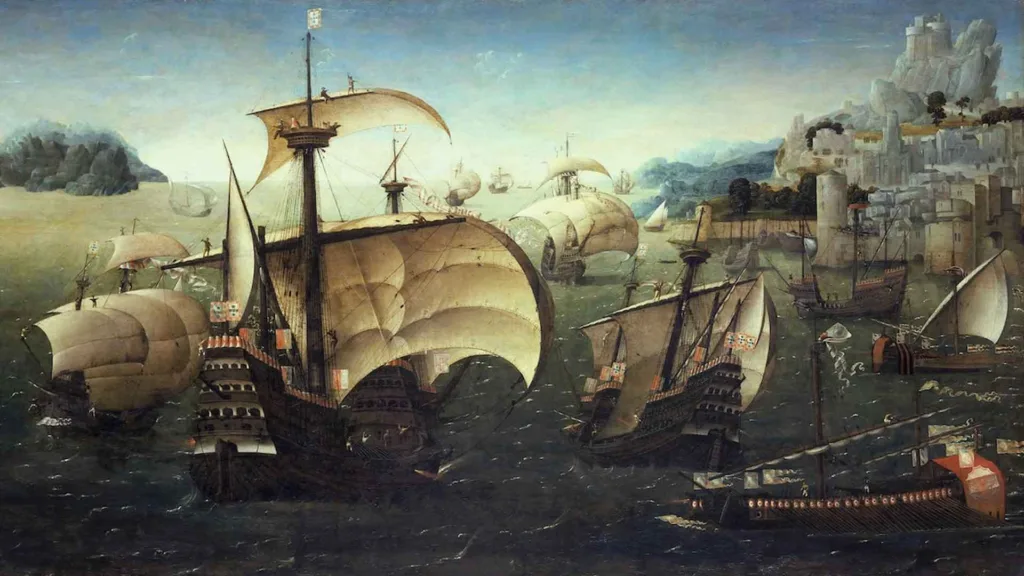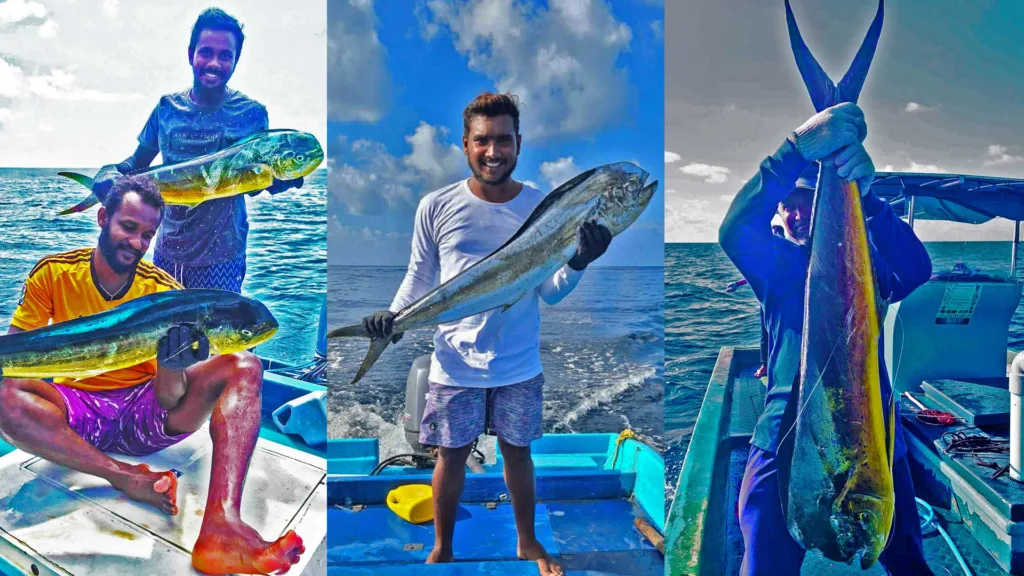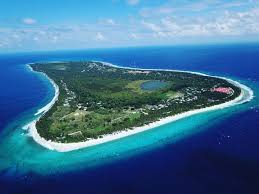
In the Maldivian islands, Fuvahmulah is the only atoll with only one island. It is about 494 km from Male’, which is the capital. Geographically, the island is far away from other islands or atolls. Adu is the nearest island; it’s about 75 kilometers away.
While you are near Fuvahmulah’s shore, you can’t see a close island or land mass. But the island’s amazing beauty and geological structure win people over—the island’s isolation is overcome by the island’s stunning splendor. Initially, Maldivian leaders viewed the island as a place for imprisonment, likely due to its remote location.
A strong, hard reef protects the 4.5 km island, which is hit by strong waves almost all the time. It’s a secret that the island is very beautiful. The Maldivian rulers may have been afflicted by some of its natural phenomena, which made them believe the island was a suitable place for exile and banishment.
You bet! This island is too dangerous for even the world’s most advanced special forces to easily land an amphibious attack on. It would be terrible. If you remember back to the southern uprising in the 1960s, this is what the central government forces of President Ibrahim Nasir went through when their ship with government troops on board got stuck on the edge of the reef. The locals fought the troops with coral rocks, which made the troops run away.
With all of these secrets, the rulers of the Maldives made good use of this island. They may have picked our island because it is so far away as a way to punish the powerful political leaders who spoke out against the government. Initially, the majority of the individuals dispatched to Fuvahmulah were intelligent and influential.
One of the most well-known people sent to Fuvahmulah in the early years of the twentieth century was Mohamed Didi of Velaanaage, who was accused of planning to overthrow the government.
In exile, he married five people on the island. These women were Aisha Didi of Funaad Ganduvaru and had two children together, Abdul Majeed Mahir and Aminath Mahir. Fathimath Didi of Dhonthakaanubeage had a daughter named Shareefa Mahir or Dhon Didi of Haji Edhuruge. And Fathimath Didi of Ranuaraa Feeshi had a son named Ali Mahir.
Also, Mohamed Didi married Amina Manike of Maadhadige and Fathumei Faan of Dhadimaguge.Ahmed Didi, Mohamed’s father, went to Fuvahmulah to see his son and married a woman from there.
Anishath Didi of Dhonthakaanubeage married Ahmed Didi. Ibrahim Nasir was the boy they got. Ahmed Didi divorced Aishath Didi after carrying her to Male’. Anishath Didi got sick in Male’, so her brother Abdullah Mufeed went there to bring her back to the island. She passed away on the boat during their journey, and her grave is located in Gadhoo on Gaaf Dhaal island.
Sultan Mohamed Shamsudheen III sent his son Prince Hassan Izudheen with him. In Dheyliya, near my home, they lived in the Dhadimagu area. Under no circumstances could anyone meet them. As a way to relax from the punishment of being alone and isolated, they liked to catch barred flagtail (Kattafulhi) fish and fly raaraa gudi, a traditional big kite. Izudheen was excellent at flying these big kites. It was in Fuvahmulah that Prince Hassan died. On September 25, 1940, he was buried in Hukuri Miski, also known as the Friday Mosque of Fuvahamulah.
Also sent to Fuvahmulah was Ibrahim Faamdheri Kilegefaanu. A couple took Kilegefaanu to Fuvahmulah during King Mohmed Mizudheen’s rule, just before his execution. A famous family of this background lives in Fuvahmulah. They are Kilegafaanu.
Reports indicate that Saamiyaafashaana also faced expulsion.Ibrahim Hilmy was sent into exile in the 1950s because he was accused of helping Mohamed Ameen, who was President of the Maldives at the time. He was a resident of my home in Dheyliya, which is in the Dhadimagu ward; Prince Hassan Izudheen and Shamsudheen had previously lived in the neighborhood.
In 1975, the exile of Ahmed Zaki, the former prime minister, took place. In Fuvahmulah, he was well known. Additionally, he lived in my home, Dheyliya.
